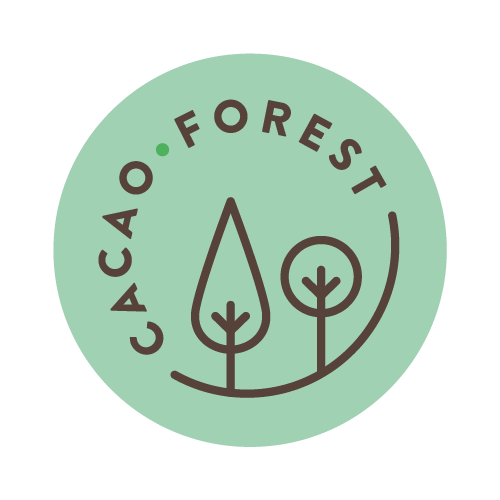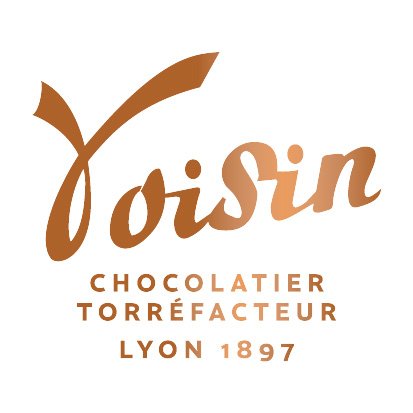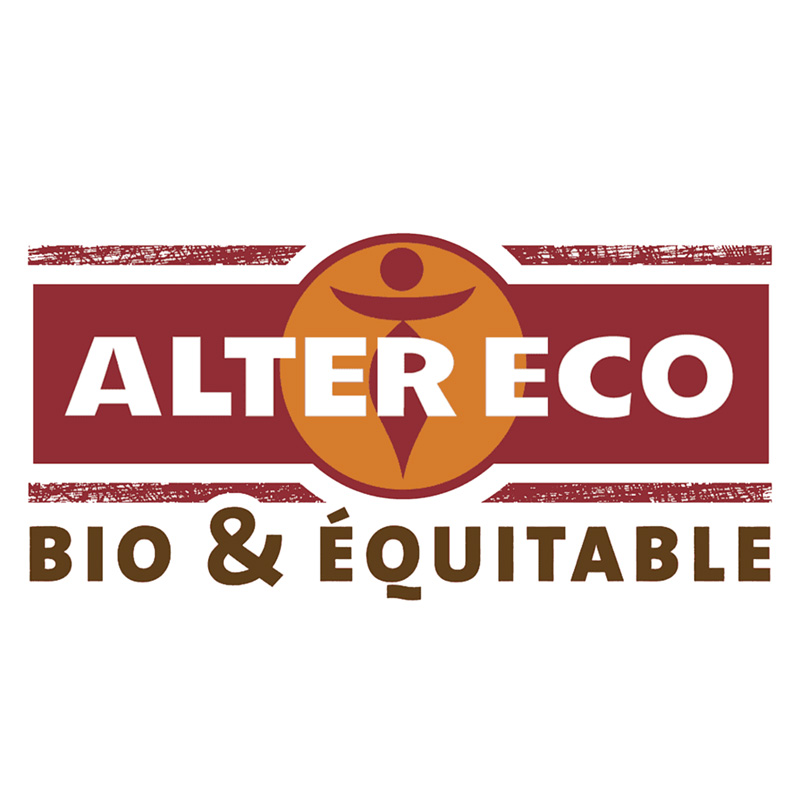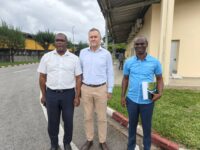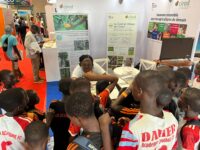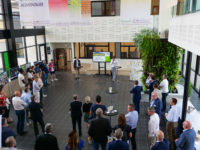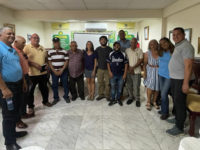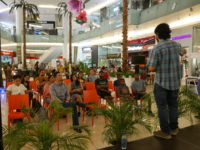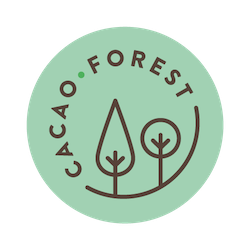What's the REP ?
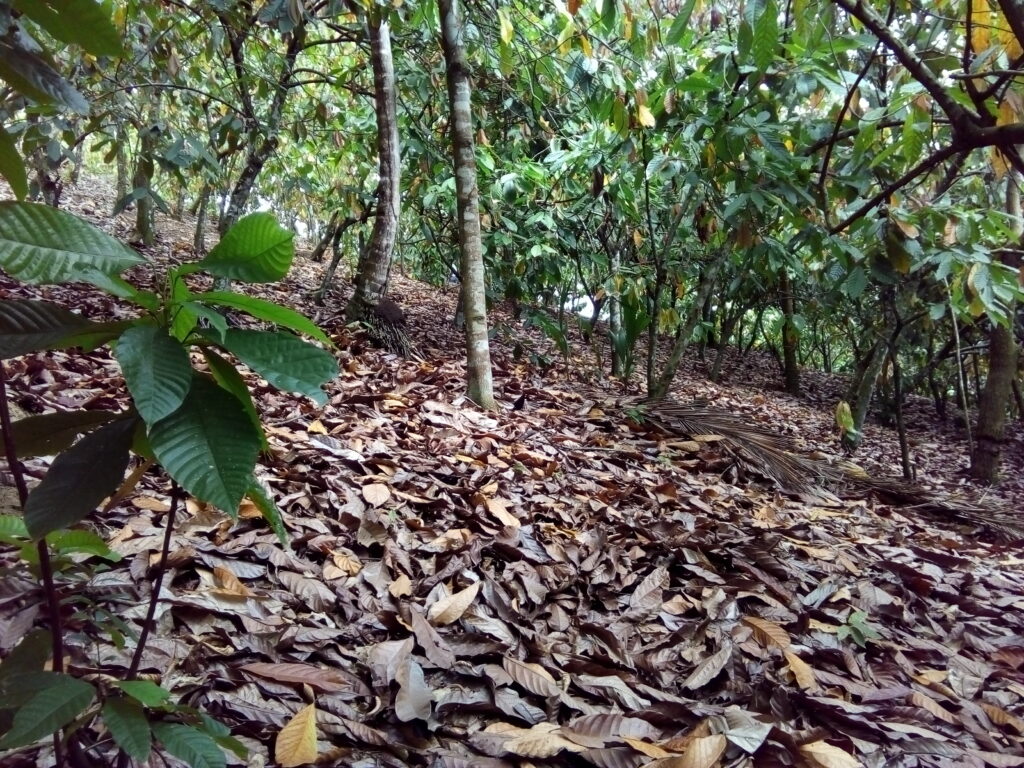
The Participatory Experimental Network (REP) is essentially a three-stage scientific experiment that draws on the local knowledge of cacao growers and their families to optimise the benefits of agroforestry.
Stage one
Stage two
Stage three

But how did this experimental process come about, and what are the different agroforestry models?
This audit revealed five main characteristics of Dominican cocoa production:



Can it be preserved as it is today?
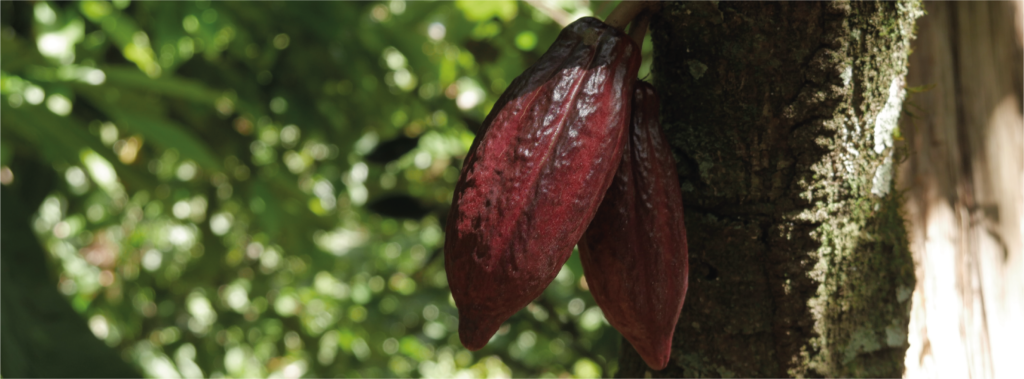


Two aspects of the Participatory Experimental Network are original and unique:
1. The producers are involved
2. The REP is tailored to their reality
Agroforestry models
These models are based on a total of eight varieties of cacao, four of which are allocated to Model No.1 (ICS-39, ML-4, ML-103 and UF-221) and four to Model No.2 (GS-36, ICS-95, ML-22 and UF-676). In addition, these models include a total of 16 crop species grown alongside the above-listed cacao varieties. Nine of these species are grown in Model No.1 (avocado, breadfruit, coconut, soursop, mandarin, bitter orange, banana, cocoyam and sapote), and 10 species are grown in Model No.2 (avocado, African mahogany, ginger, castor oil plant, Persian lime and creole lime, gmelina, banana, creole oak and cocoyam). The producers and technicians in Duarte province have proposed two other models, based on a total of 15 varieties of cacao, 10 of which are used in Model No.3 (ICS-1, ICS-39, IML-44, IML-53, ML-66, ML-103, RZ-12, RZ-44, RZ-83 and RZ-100) and seven in Model No.4 (ICS-39, ICS-95, IML-53, IML-119, ML-22, ML-105 and UF-296).
In addition, the models include a total of 13 crop species grown alongside the above-listed cacao varieties. Eight of these species are grown in Model No.3 (avocado, achiote, coconut, sweet orange and bitter orange, Cuban piñon, banana and cocoyam), and nine species are grown in Model No.4 (avocado, turmeric, ginger, pepper, Cuban piñon, banana, sweet and bitter orange, and cocoyam).
Lastly, each experiment must be accompanied by a control that serves as a reference against which to compare the results of the four models, not only between each other but also against (i) the cacao cultivation model traditionally used in each province (known as the business-as-usual – BAU – model), and (ii) the conventional cacao cultivation model as recommended in most technical guides to Latin America: the simple agroforestry model, which combines cacao with plantain.
Model application methods

Development

Rehabilitation
For each method, three identical set-ups of each model are created on the producers’ farms. Lastly, in each province, the following are set up:
The participatory experimental scheme
| Province | Method | Agroforestry model |
No. of parcels in Dec. 2019 |
No. of parcels in Dec. 2020 |
No. of parcels in Dec. 2021 |
|---|---|---|---|---|---|
| SAN CRISTOBAL | Development | No.1 | 3 | 1 | 3 |
| No.2 | 3 | 1 | 3 | ||
| Control | 3 | 1 | 3 | ||
| Rehabilitation | No.1 | 3 | 1 | 3 | |
| No.2 | 3 | 2 | 3 | ||
| Control | 3 | 2 | 3 | ||
| DUARTE | Development | No.3 | 3 | 2 | 3 |
| No.4 | 3 | 2 | 3 | ||
| Control | 3 | 3 | 3 | ||
| Rehabilitation | No.3 | 3 | 3 | 3 | |
| No.4 | 3 | 3 | 3 | ||
| Control | 3 | 3 | 3 | ||
| TOTAL | 36 | 24 | 36 | ||
| P: number of producers involved | 17 | 15 | 23 | ||
| C: number of producers joining – leaving | 17-0 | 7-9 | 12-4 | ||
